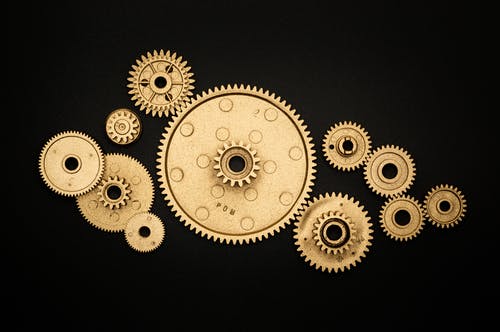Carnot engine is a theoretical thermal cycle proposed by Nicholas Leonard Sadi Carnot in 1824. Carnot taught that a hot body is necessary to generate heat and a cold body to provide heat to perform the mechanical work in the process. He also noted that this does not include the materials used to generate heat and the materials used to build and design the device.
Carnot Engine Working Principle
A Carnot engine operates on the Carnot cycle. Carnot’s principle only applies to circulating equipment such as heat engines, which states:
Carnot’s Theorem
This theorem states that no motor operating between two temperatures is better than a reciprocating engine operating between the same two temperatures, regardless of the material, they all operate between one or two temperatures. All reversible motors have the same efficiency. According to Carnot, reversible motors always have higher efficiencies than non-reversible engines. The reversible heat engine works in reverse cycle and acts as a heat pump (or coolant).
The Carnot cycle is reversible and shows the maximum efficiency limit in the engine cycle. The actual cycle of the engine is irreversible, so when operating at the same temperature, it is less efficient than Carnot. One of the factor’s determining performance is the addition and removal of operating fluid in the cycle.
The efficiency of Carnot Engine
The Carnot cycle is a reversible process and shows the maximum efficiency limit in the Carnot engine cycle. The actual cycle of the engine is irreversible, so when operating at the same temperature, it is less efficient than Carnot. One of the factor’s determining performance is the addition and removal of operating fluid in the cycle.
Stages of Carnot Cycle
The first stage is isothermal expansion, which increases the volume and decreases the pressure at a constant temperature. Here heat enters the system from the heat accumulator (from its supply) to keep the temperature constant. Let the engine gas rise naturally and push the piston.
The second phase is the adiabatic expansion in which the thermal reservoir is removed. The gas continues to expand, reducing pressure and temperature. Phase 1 and Phase 2 are the areas where the machine really does a useful job.
The third stage is isothermal compression, in which the volume decreases and the pressure increases at a constant temperature. Keep the temperature constant by placing it in a cold room. Here, you have to physically push the piston to squeeze the gas to work.
Finally, the fourth stage is adiabatic compression, from which the cold chamber can be removed. The volume continues to decrease, but there is no cold room, which leads to an increase in pressure and temperature. Phase 3 and Phase 4 involve working on the system. To achieve this, energy is consumed by pressing the piston.
The useful work done by the Carnot cycle is the difference between the work done by the engine in phases 1 and 2 and your work (or wasted energy) in phases 3 and 4. The Carnot cycle consists of two isothermal and two adiabatic processes, the most desirable state. That is the cycle that makes the greatest difference between these admissible values of the laws of physics.






